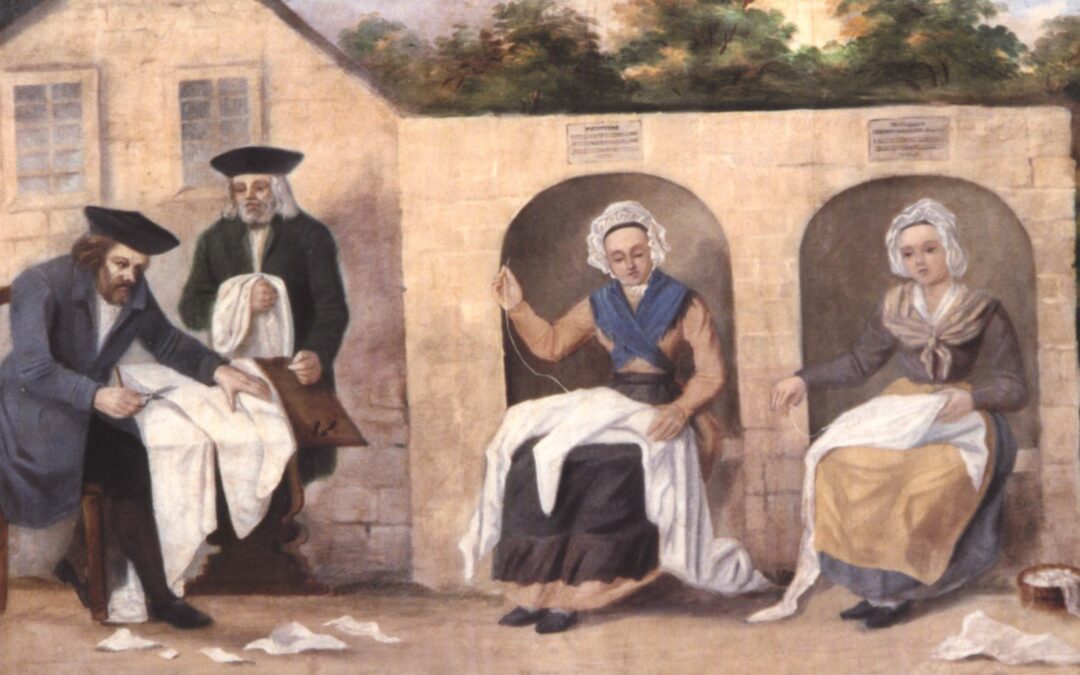While Jewish tradition has offered much guidance around burial, respecting the deceased, and caring for those in mourning, Chevra Kadisha, as we know it, is relatively modern. Step back in time with us to experience 19 incredible paintings created in Prague in the 1700s and 1800s and see the ways in which the Chevra Kadisha used to operate.
The Prague Burial Society, formally called the Chevrah Kadisha Gomle Chasadim (The Holy Society of those who Perform Charitable Deeds), was established in 1564, and the Holy Society of Benevolent Women, caring for deceased women, was formally acknowledged in 1692. With over 10,000 Jews, Prague had the largest Jewish population of any European city at the end of the 17th century.
Fifteen of these paintings were created about 1772, with an additional four produced some years later. The paintings are of actual people living at that time and show the spectrum of functions undertaken by the Burial Society, from visiting the sick through the cycle of prayers, preparation of the body, memorialization, and burial of the deceased to comforting the mourners. According to the Talmud, no person may profit from the death of another, so all the profits and donations raised by the Society’s work went for the good of the Jewish community, including a hospital and orphanage, contributions to Talmudic schools, support for the poor, and overseeing the cemeteries.
At the time the paintings were created, the influences of both Christian authorities and the growing popularity of the Enlightenment among Jews had brought criticism of traditional Jewish burial practices. These paintings show that even in the short time between death and burial, each deceased is treated with great dignity, and attention is given to many details that express the long-standing values of the Jewish community. As the expression of feelings in the paintings attests, these traditions were not just rote exercises. The paintings were created to honor those volunteers who held the prestige and respect of being part of the Burial Society and to educate those questioning the value of traditional ways as well as potential future members of the Chevra and recipients of the services of the Chevra.
The paintings depict death as part of the cycle of life and provide an invaluable window into the traditions of the time. These traditions are once again increasing in acceptance as we seek meaning, community, and care at the end of life.
Click here to view the paintings and their descriptions.
We sincerely thank Michelle Siegel for designing the original layout and writing the introduction and captions.

